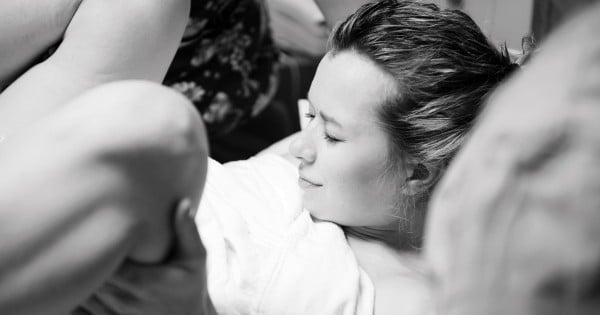
I looked at the sample birth plan my midwife had handed to us with a furrowed brow.
It was six pages long and had questions I hadn’t even known I needed to consider on it. Things like what position(s) I’d like to be in during active labour, or whether I planned to wear my own clothing during labour and delivery.
All I could think was, how the hell am I supposed to know that?
My husband and I had taken a weekend-long birthing class. We’d gone on the hospital tour.
We were tired and, frankly, overwhelmed by all of the decisions it seemed we needed to make for what we thought was a pretty simple and natural process that people have been doing since humans arrived on this planet: giving birth.
And the even weirder thing was that everyone seemed to be asking me what was on our birth plan. I didn’t know this was a thing people talked about outside their care provider’s office. I didn’t expect to be having coffee with my friend and have her look at me and say, “So, have you written your birth plan yet? What’s it like?”
I imagined those parents who walk into the hospital or birthing center or even their living room with a list of wants and demands as long as their arm. That may work for some people, but that’s not me.
At the same time, I knew it was important for us to be our own advocates, particularly in a hospital setting where doctors could easily take over and not listen to what we wanted.
I had no idea how to find a happy medium.

